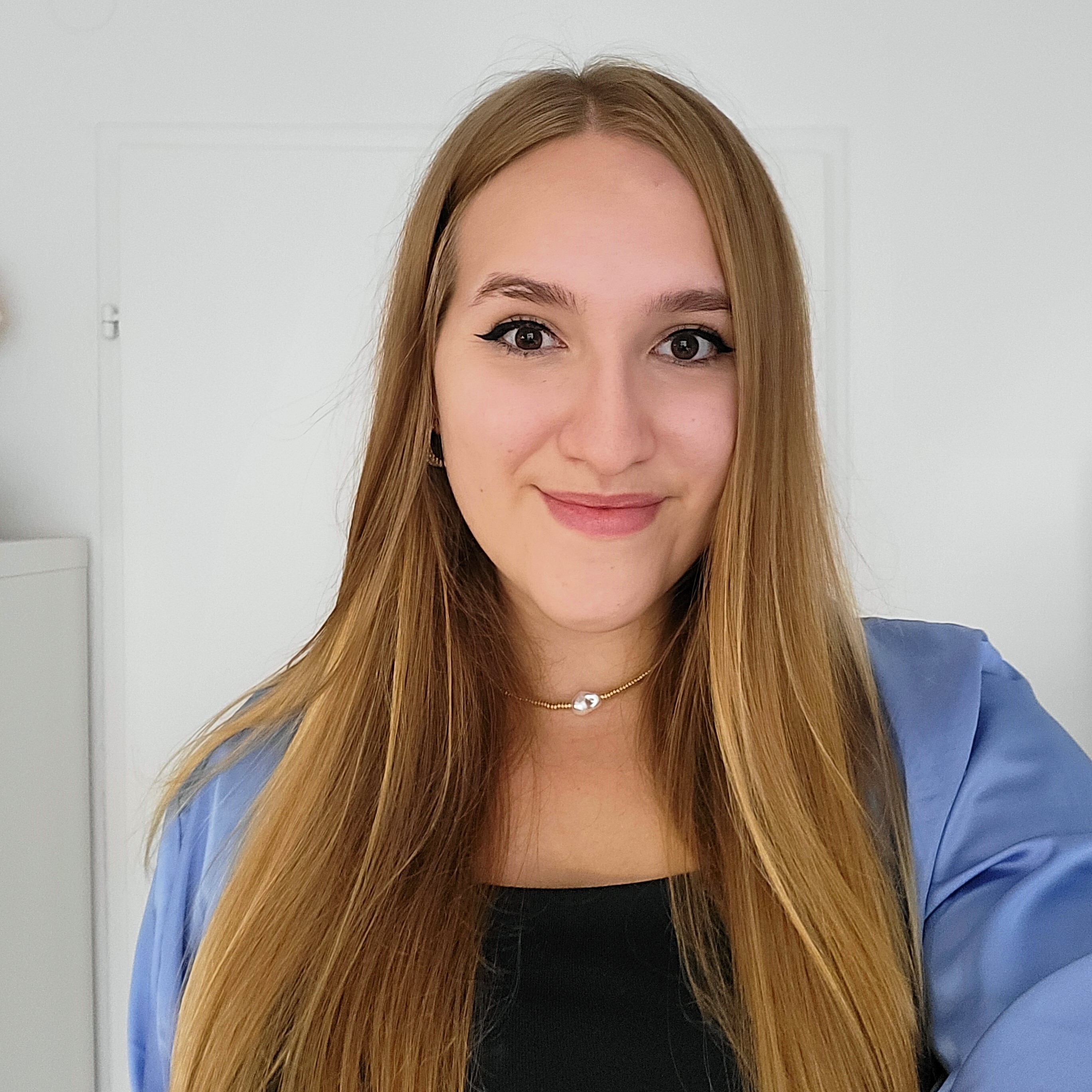What is the claustrum?
Short Project Description
The claustrum is one of the least investigated parts of the brain. It is connected with almost every other brain area, but its role in perception and cognition remains a mystery. While some evidence suggests that it helps to coordinate brain activity or control attention, other evidence points to its role in conscious perception.
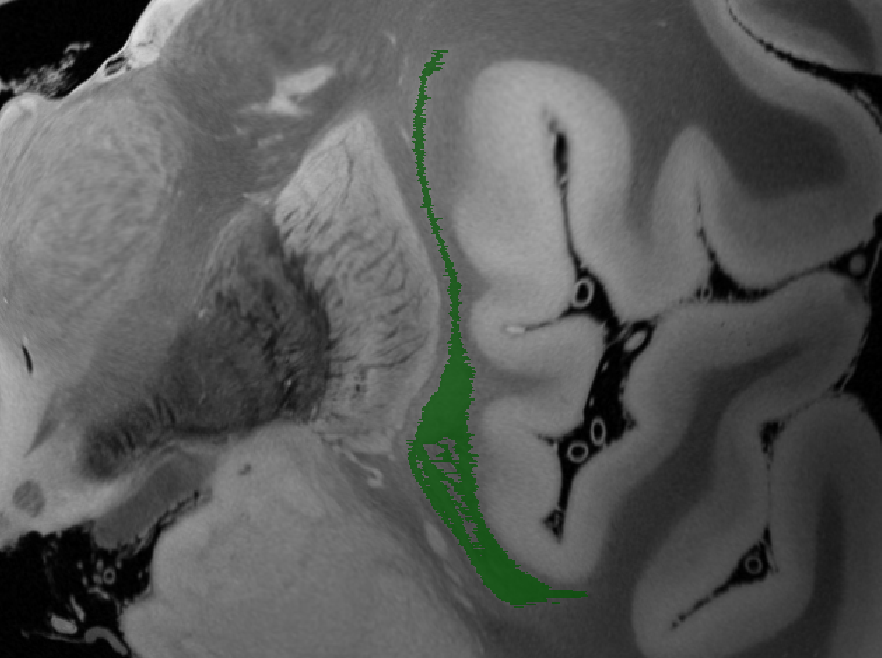
Challenges in investigating the claustrum in animals and humans
The two biggest challenges in studying the claustrum are its thin shape and location deep inside the brain. This makes it difficult to record activity of brain cells in the claustrum in animals, and even harder in humans. Typical methods for measuring brain activity in humans do not provide enough detail to distinguish the activity of the claustrum from other surrounding brain areas. The main limitation of animal studies is that it is impossible to study the claustrum's contribution to complex cognitive functions. In addition, results of animal studies can't be directly generalized to humans.
Short Project Description
New magnetic resonance imaging (MRI) technology for measuring brain activity in humans can address these problems. MRI scanners with high magnetic fields provide an unprecedented degree of detail in mapping brain activity. In our recent study, we used this technology to investigate the claustrum's responses to visual and auditory stimuli. We discovered that a part of the claustrum is active when humans view movie clips. This study demonstrated that it is possible to measure claustrum activity in humans and opened the possibility for further studying its function.
In the current project, we will leverage high-field MRI technology to further study the function of the claustrum in humans. We will test how the claustrum responds to different types of visual stimuli and whether it responds to sounds. Most importantly, we will test hypotheses about its involvement in paying attention and consciousness.
Project Team
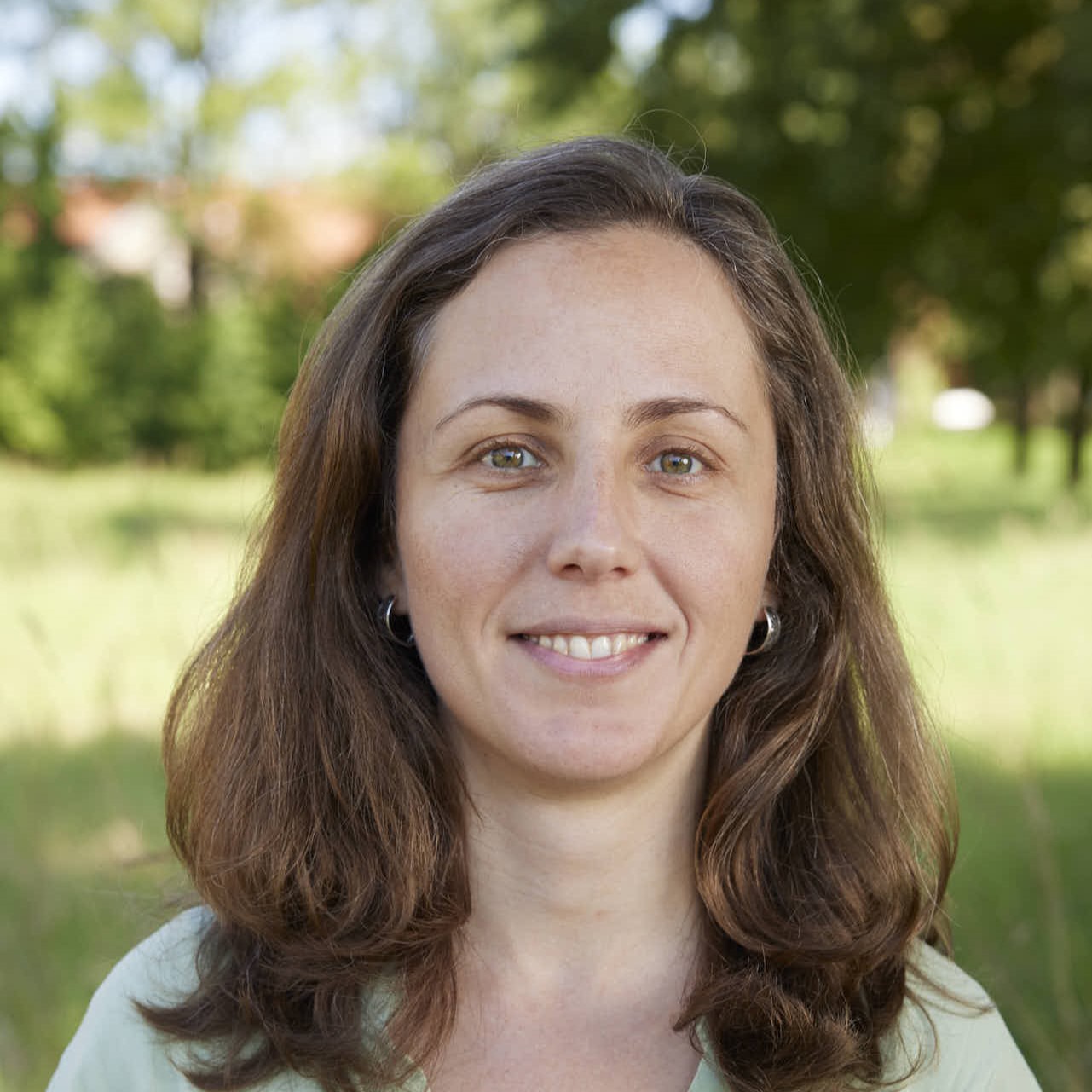
Priv.-Doz. Dr.rer.nat. Natalia Zaretskaya
Assoc. Prof. Priv.-Doz. Dipl-Ing. Dr. Christian Windischberger
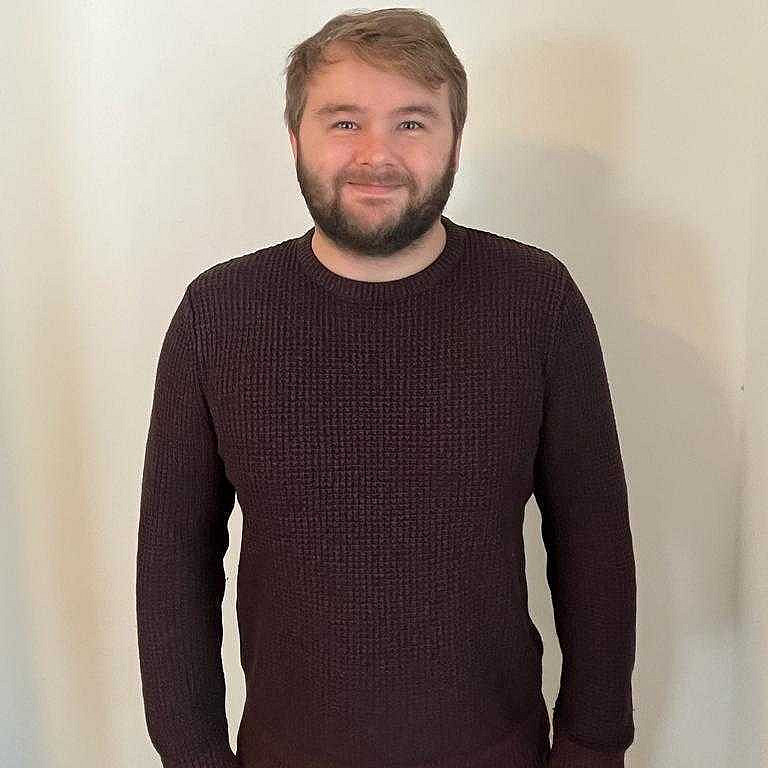
Dr.rer.nat. Adam Coates

PhD David Linhardt
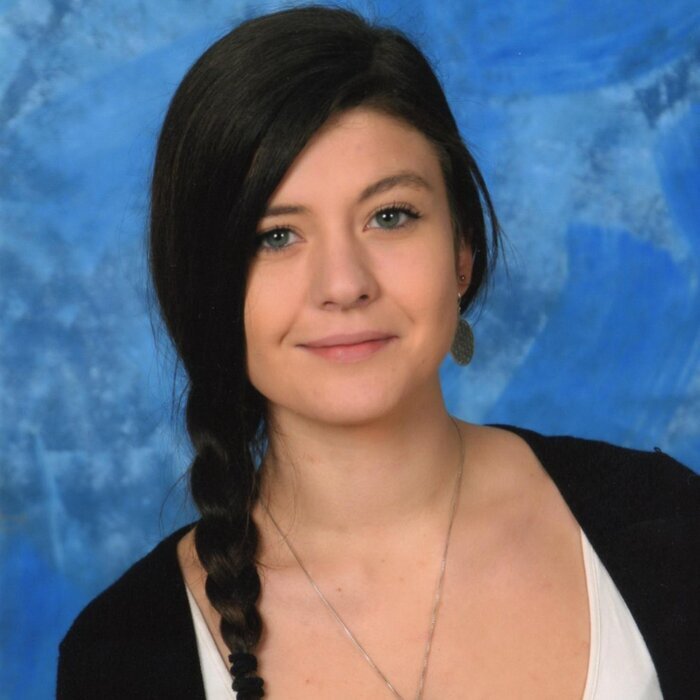

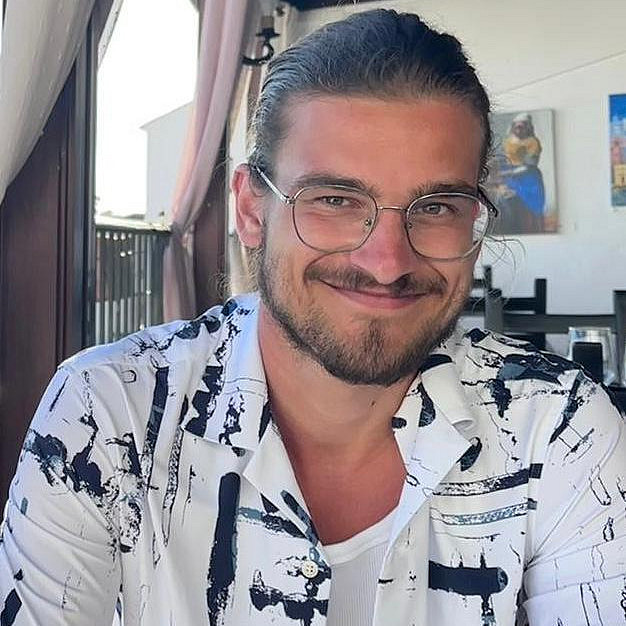
Maximilian Gerschütz

Yul Wegner
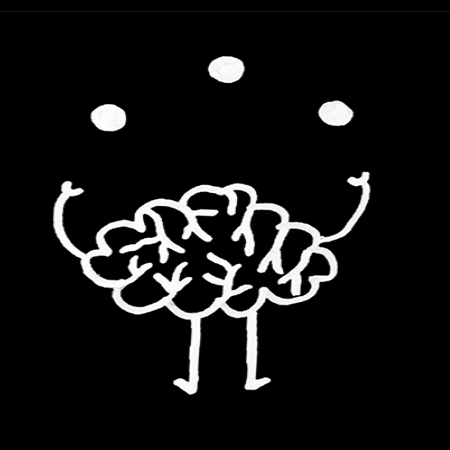
ALUMNI
